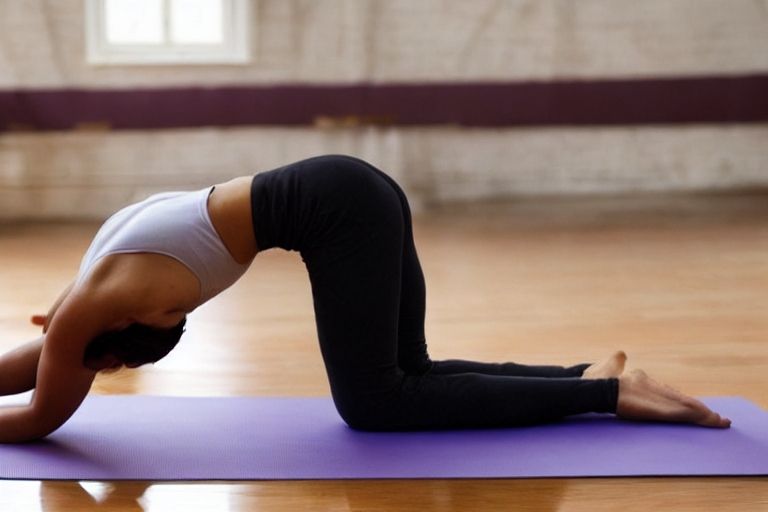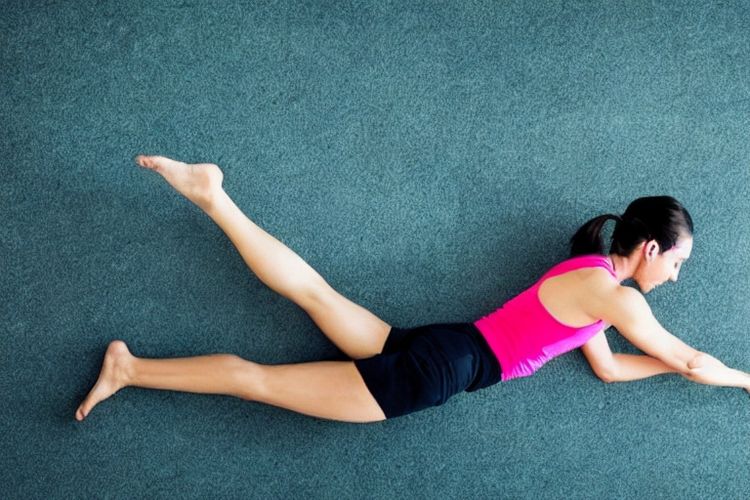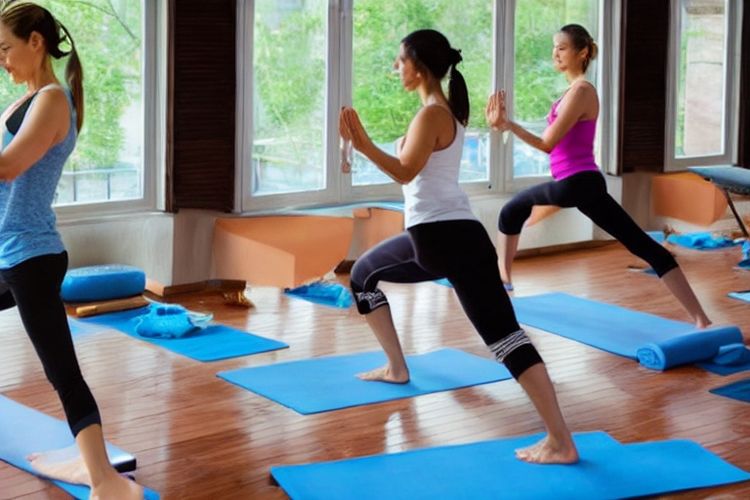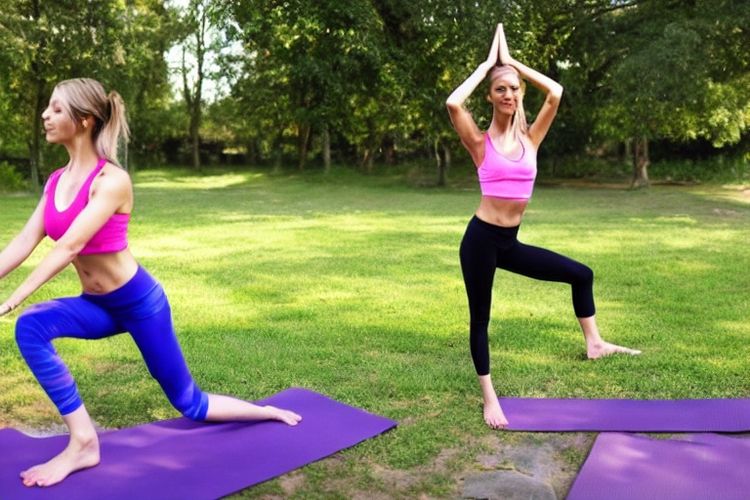Deep Dive: Yoga and Pilates - Comparing the Two Popular Mind-Body Practices

Yoga and Pilates are two popular mind-body practices that have gained significant popularity over the years. While both disciplines offer numerous benefits for the mind and body, they differ in their approaches, styles, and focuses. In this article, we will dive deep into the world of yoga and Pilates, comparing and contrasting the two practices.
Yoga, originating from ancient India, has been practiced for thousands of years. It is a holistic practice that aims to unite the mind, body, and spirit. Yoga focuses on asanas (physical postures), pranayama (breathing techniques), and meditation. The practice is designed to increase flexibility, strength, and mindfulness, while also promoting relaxation and stress reduction.
On the other hand, Pilates, developed by Joseph Pilates in the early 20th century, is a form of exercise that primarily concentrates on strengthening the core muscles, improving posture, and enhancing body awareness. Pilates exercises are typically performed using a mat or specialized equipment such as the reformer or the Cadillac. The practice emphasizes precise movements, proper alignment, and controlled breathing to create a strong, flexible, and balanced body.
One of the key distinguishing factors between yoga and Pilates lies in their focus. While yoga is more holistic, encompassing physical, mental, and spiritual aspects, Pilates primarily targets physical strength, stability, and alignment. Yoga asanas incorporate a wide range of movements, such as stretching, twisting, balancing, and inverting, while Pilates exercises typically involve controlled movements that target specific muscle groups.
In terms of benefits, both yoga and Pilates offer a plethora of advantages for the mind and body. Yoga’s emphasis on flexibility, balance, and breath control can lead to improved posture, increased range of motion, and enhanced mindfulness. Regular yoga practice has also been shown to reduce stress, improve cardiovascular health, and promote overall well-being.
Similarly, Pilates’ emphasis on core strength, stability, and body awareness can lead to improved posture, increased muscular strength, and enhanced athletic performance. The practice of Pilates can also aid in injury prevention and rehabilitation, as it focuses on alignment and proper muscle activation, which in turn can alleviate back pain and other musculoskeletal issues.
While these two practices share some commonalities, their techniques and styles vary. Yoga classes often incorporate a variety of styles such as Hatha, Vinyasa, Ashtanga, and more, allowing practitioners to choose a style that suits their preferences and goals. On the other hand, Pilates exercises, particularly those performed on specialized equipment, are typically taught with more structured sequencing and guided instruction.
The class environment also differs between yoga and Pilates. Yoga classes are often held in serene spaces, focusing on creating a calming and meditative atmosphere. Pilates classes, while also promoting mindfulness and concentration, tend to have a more fitness-oriented environment, with a faster pace and a greater focus on strength and toning.
Ultimately, the choice between yoga and Pilates comes down to personal preferences and goals. If you seek a more holistic practice that encompasses physical, mental, and spiritual aspects, yoga may be the right fit for you. On the other hand, if you desire a practice that primarily targets physical strength, stability, and alignment, Pilates may be the preferred choice.
In conclusion, both yoga and Pilates offer numerous benefits for the mind and body. While yoga is a holistic practice focusing on the integration of body, mind, and spirit, Pilates primarily targets physical strength and alignment. The choice between the two practices depends on individual preferences and goals. Regardless of which practice one chooses, incorporating either yoga or Pilates into one’s routine can lead to improved physical fitness, mental well-being, and overall quality of life.



